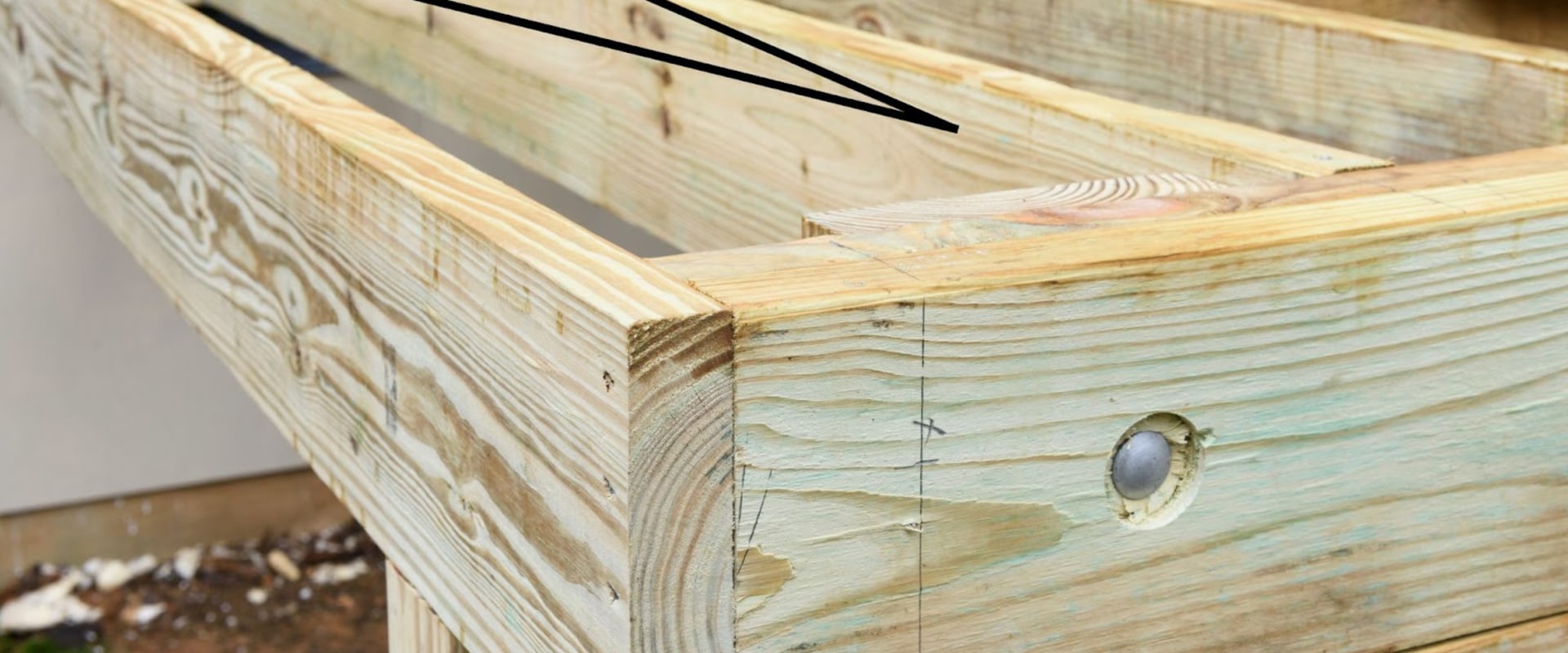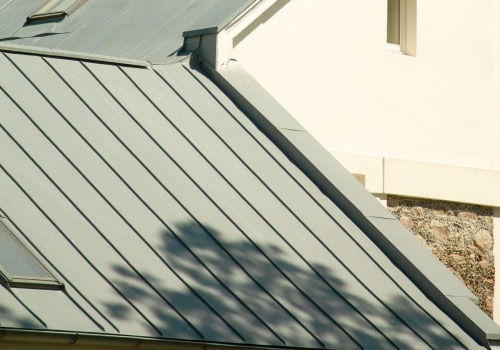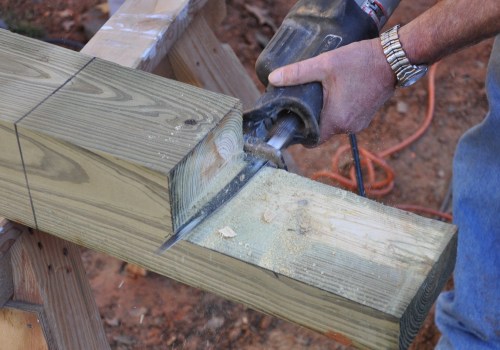Building a sturdy and safe deck requires careful planning, especially when it comes to the placement of the joists. Deck joists are an essential part of the deck’s structural framework, as they support the deck boards and help distribute the weight of everything on the deck. One of the common questions that arise during deck construction is whether deck joists can be placed on a ledger board. The answer lies in understanding how deck joists interact with the ledger board and how to ensure that this connection is secure and durable. In this comprehensive guide, we’ll explore the details of whether deck joists can be placed on a ledger board, best practices for doing so, and why this connection is vital for a safe deck construction.
What is a Ledger Board?
A ledger board is a horizontal piece of wood that is attached to the structure of a house or building. It serves as the point of connection between the deck and the house, providing support for one side of the deck joists. The ledger board is typically anchored to the house’s framing and is a critical component in ensuring that the deck is securely attached to the structure. Without a properly installed ledger board, the deck may become unstable over time, leading to safety concerns and potential damage to the house.
The ledger board must be strong enough to bear the weight of the deck and everything placed on it. Therefore, the placement and attachment of the ledger board require careful consideration, as it will serve as the foundation for the joists on one side of the deck.
Can Deck Joists Be Placed on a Ledger Board?
Yes, deck joists can indeed be placed on a ledger board, and in fact, this is a common practice in deck construction. The ledger board provides critical support for one end of the joists, while the other end is typically supported by beams or posts. When done correctly, placing joists on a ledger board ensures that the deck is stable, well-supported, and capable of bearing the load of people, furniture, and other objects on the deck.
However, placing deck joists on a ledger board requires precision and adherence to building codes and best practices. The ledger board must be securely fastened to the house’s framing using structural fasteners, such as lag screws or bolts, to prevent any movement or loosening over time. Proper flashing must also be installed to protect the ledger board from water damage, which can weaken the connection between the deck and the house.
Best Practices for Attaching Deck Joists to a Ledger Board
When placing deck joists on a ledger board, there are several best practices that should be followed to ensure a safe and secure deck. First, the ledger board should be fastened using structural fasteners, not just nails. Nails are not sufficient to bear the weight of the deck over time, and they can loosen or fail, leading to dangerous structural issues.
Next, the joists should be spaced evenly and securely fastened to the ledger board using joist hangers. Joist hangers are metal brackets that are designed to support the joists and hold them securely in place against the ledger board. These hangers should be attached with nails or screws specifically designed for this purpose, as regular nails may not provide enough strength for long-term use.
Another important consideration is flashing. Flashing is a waterproof barrier that is installed between the ledger board and the house to prevent water from seeping behind the ledger board and causing rot or water damage. If water is allowed to accumulate behind the ledger board, it can weaken the wood and compromise the stability of the deck. Proper installation of flashing is essential for protecting both the deck and the house from moisture.
Lastly, it’s important to check local building codes to ensure that the deck construction meets all safety and structural requirements. Building codes may vary by region, and they often include specific guidelines for attaching ledger boards and placing joists.
The Importance of Proper Joist Placement
The placement of deck joists on a ledger board is a crucial aspect of deck construction. Improper placement or attachment can lead to serious safety issues, such as the deck sagging, shifting, or even collapsing under heavy loads. By following best practices and ensuring that the ledger board and joists are properly secured, homeowners can build a deck that is not only functional but also safe and long-lasting.
A well-constructed deck should be able to withstand weather changes, heavy foot traffic, and the weight of furniture and outdoor equipment. If deck joists are not placed correctly on the ledger board or the ledger board itself is not properly secured, the deck’s structural integrity can be compromised over time. This can lead to costly repairs or, in worst-case scenarios, complete deck failure.
Working with Professional Contractors
If you’re unsure about the proper placement of deck joists or how to attach them to a ledger board, it’s always a good idea to consult with or hire a professional contractor. Deck construction is a detailed process that requires knowledge of building codes, materials, and structural design. A qualified contractor will have the experience and expertise to ensure that the deck is built to code and is safe for long-term use.
Companies like Roofers Ready in Wellington Colorado specialize in both roofing and decking projects, offering services that ensure a secure and durable deck structure. By working with professionals, homeowners can avoid potential mistakes and have peace of mind knowing that their deck is built to last.
Conclusion: Securing Your Deck with Proper Joist Placement
Deck joists can indeed be placed on a ledger board, and this method is commonly used in deck construction. However, it’s essential to follow proper building practices, including securing the ledger board with structural fasteners, using joist hangers, and installing flashing to prevent water damage. When done correctly, placing deck joists on a ledger board provides a strong, stable foundation for the deck, ensuring that it will last for years to come. Whether you’re building a new deck or replacing an old one, consulting with experienced professionals can help ensure that your project is completed safely and to the highest standards.







